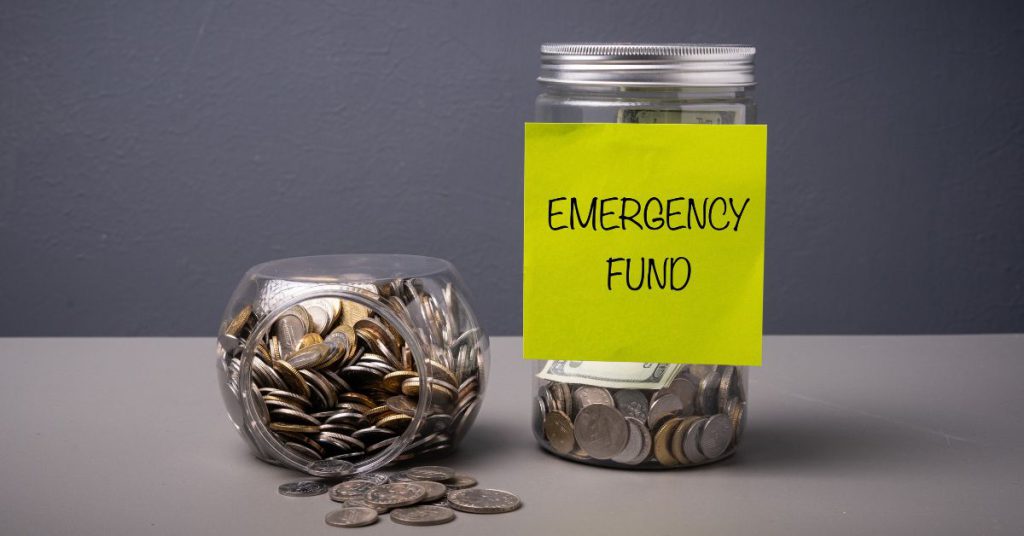Our Social Media
Our Social Media

Unexpected bills are stressful. A car repair, a medical charge, or even a broken appliance can throw your budget off track. In Canada, surveys show that almost 6 in 10 people would struggle to cover a $1,000 emergency with savings. That means many households face real challenges when surprise costs arrive.
This guide gives you clear steps to deal with an unexpected expense. Each step is practical. Each one helps you move from panic to control.
When a bill arrives, the first reaction is often panic. Take a pause.
Ask yourself:
Example: If your car repair will cost $1,200, find out if the mechanic accepts staged payments. If a medical bill is $600, ask the clinic about a payment plan. Knowing the details changes the problem from “huge and unknown” to “specific and manageable.”
Many people skip this step. They stress about the idea of an expense without confirming the numbers. Get the facts. It’s the first form of control you gain.

If you have an emergency fund, this is the moment to use it. Savings exist to protect you from debt.
Data from Statistics Canada shows that fewer than half of households have three months of expenses set aside. If you’re in the group that does, use that fund. Don’t hold back because you want to “save it for something worse.” A car that doesn’t run, or a broken fridge, is already serious.
If your fund is small, still use it. Cover part of the bill, then move to other options for the rest.
The fastest way to free up cash is to cut spending. Look at your budget for the next month.
Reduce or pause:
Small cuts add up. Canceling three streaming services saves $40. Skipping two dinners out saves $80. In a month, you might free $200 or more. That $200 covers part of your expense without new debt.
If you don’t track your spending, start now. Free apps like Mint, YNAB, or even your bank’s mobile app can show you where money leaks out.
After trimming spending, look at ways to bring in new money fast.
Options:
Example: Selling an old bike for $300 plus two evenings of delivery work worth $120 adds $420. That covers a dental bill or part of rent.
These actions are not long-term fixes. They are quick patches. But they help you pay without going deeper into debt.

Sometimes the expense is bigger than what savings, budget cuts, and quick cash cover. Then borrowing is the next step. The type of borrowing matters.
Options ranked from lower cost to higher cost:
Interest adds to your cost. A $1,000 expense paid with a 20% APR credit card that takes a year to repay will cost about $200 extra. The same expense on a payday loan could cost double that.
If you must borrow, compare all terms. Ask lenders about fees. Read the full repayment schedule. In Canada, lenders must disclose the annual percentage rate. Use that number to compare.
Vitality Cash offers cash advances with clear repayment terms. If you face a tight timeline and no other option works, services like this may help bridge the gap.
Before paying out of pocket, confirm if part of the expense is already covered.
Examples:
Check your policies. Call your insurer. Many people forget about coverage they already pay for.
Outside of insurance, look at government programs. In Canada:
These supports vary by province. Check the Government of Canada benefits finder: https://www.canada.ca/en/services/benefits.html

If the bill is still too much, ask for help. Many people avoid this out of pride, but asking is better than falling into unmanageable debt.
Ways to seek support:
Being honest about your situation helps more than avoiding the call. Companies prefer partial payment or a plan over nonpayment.
Once the bill is paid, your job is not done. You need to repair your finances.
Steps:
Example: If you lost $800 from savings, set a goal to replace it within four months. That means $200 per month set aside. Treat it like a bill.
Without rebuilding, the next emergency will hit harder. With rebuilding, each crisis feels smaller.
Unexpected bills will happen again. The best defense is preparation.
Practical steps:
Automate savings where possible. Many banks allow you to move $50 or $100 each payday into a savings account automatically. Over a year, this builds $1,200 to $2,400 without manual effort.
Tools like Vitality Cash also offer financial planning and tracking. These tools help you forecast cash flow so fewer bills catch you by surprise.
To make the steps concrete, here are three real-world examples:
Car Breakdown
Cost: $1,500 repair
Action: $400 from savings, $300 from budget cuts, $200 from selling old electronics, $600 from a personal loan. Debt cleared within six months.
Medical Bill
Cost: $800 dental work not covered by insurance
Action: $200 from savings, $200 by cutting entertainment, $200 from side job, $200 from family support. Fully paid without credit.
Home Appliance Failure
Cost: $1,200 for a new furnace part in winter
Action: $500 from savings, $200 from reduced spending, $200 from credit card, $300 from a utility hardship program. Paid over three months.
These examples show how combining methods reduces the need for high-cost borrowing.
Unexpected expenses are part of life. They create stress, but they don’t have to derail your finances. The steps above guide you from assessment to rebuilding. Each step reduces risk. Each action puts you back in control.
The key is to act fast, stay realistic, and plan for the future.
If you want tools to help manage short-term cash flow, check the services at Vitality Cash along with the Government of Canada benefits site. Both give practical options when money is tight.
An AI-integrated cash flow management solution designed to empower SMBs with predictive insights, comprehensive financial control, and streamlined operations.

Copyright © 2024 Vitality Cash. All Rights Reserved.